Table of Contents
What is Coriander Seasoning? (vs Cilantro)
Coriander seasoning is the dried and ground seeds of the coriander plant (Coriandrum sativum), used as a spice with a citrusy, nutty flavor. It's often confused with cilantro, but cilantro refers to the fresh leaves of the same plant, which have a bright, grassy taste. This guide covers everything you need to know about coriander seasoning: its uses, health benefits, buying tips, and how to distinguish it from cilantro.

Practical Tips for Using Coriander Seasoning
Whether you're experimenting with new recipes or looking to enhance your everyday dishes, here are some practical tips for using coriander seasoning effectively:
- Start Small: Coriander has a strong aroma, so it's best to start with a small amount and adjust as needed.
- Use Fresh Ground: For the best flavor, grind whole coriander seeds just before using them. Pre-ground coriander can lose potency over time.
- Add at the Right Time: In many recipes, coriander should be added early in the cooking process to allow its flavor to infuse into the dish.
- Pair with Complementary Spices: Coriander works well with cumin, turmeric, cardamom, and ginger—making it a staple in Indian, Middle Eastern, and Latin American cuisines.
- Experiment with Cooking Methods: Try adding coriander to roasted vegetables, grilled meats, or even desserts like cookies and cakes.
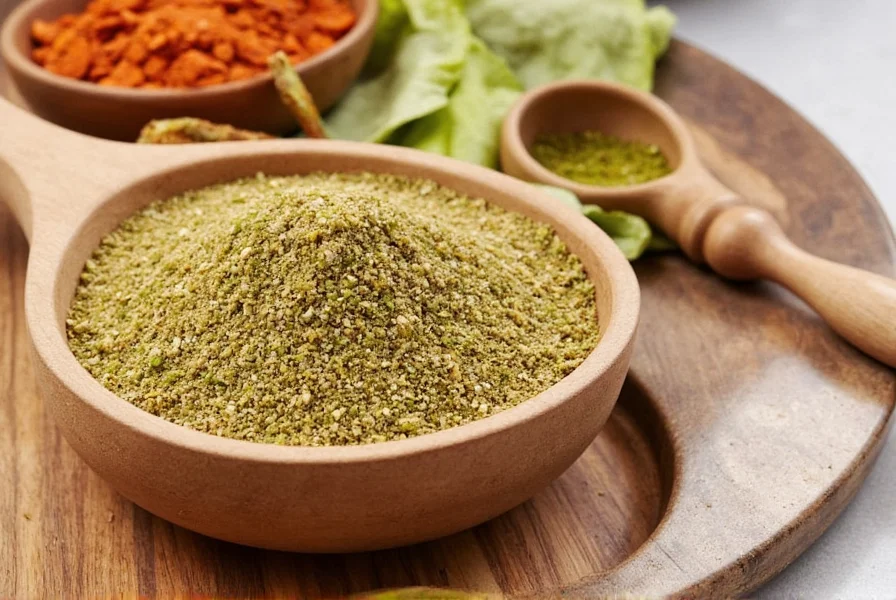
By following these tips, you'll be able to unlock the full potential of coriander seasoning in your kitchen.
In-Depth Explanation of Coriander's Flavors
Coriander seasoning isn't just about flavor—it's also about the science behind it. The unique taste of coriander comes from a complex mix of essential oils, including linalool, which gives it a fresh, citrusy note, and pinene, which contributes a pine-like quality. These compounds work together to create a flavor that's both bright and earthy.
Compared to other spices, coriander stands out because it can add both heat and brightness to a dish. Its versatility makes it a favorite among chefs who want to add depth without overpowering other ingredients. Here's a quick comparison of coriander with some common spices:
| Spice | Flavor Profile | Best Uses |
|---|---|---|
| Coriander | Citrusy, nutty, slightly sweet | Curries, stews, breads, sauces |
| Cumin | Earthier, smoky, warm | Mexican, Indian, Middle Eastern dishes |
| Cilantro | Lemony, fresh, grassy | Salsas, salads, garnishes |
| Ginger | Pungent, spicy, warming | Asian dishes, teas, baked goods |
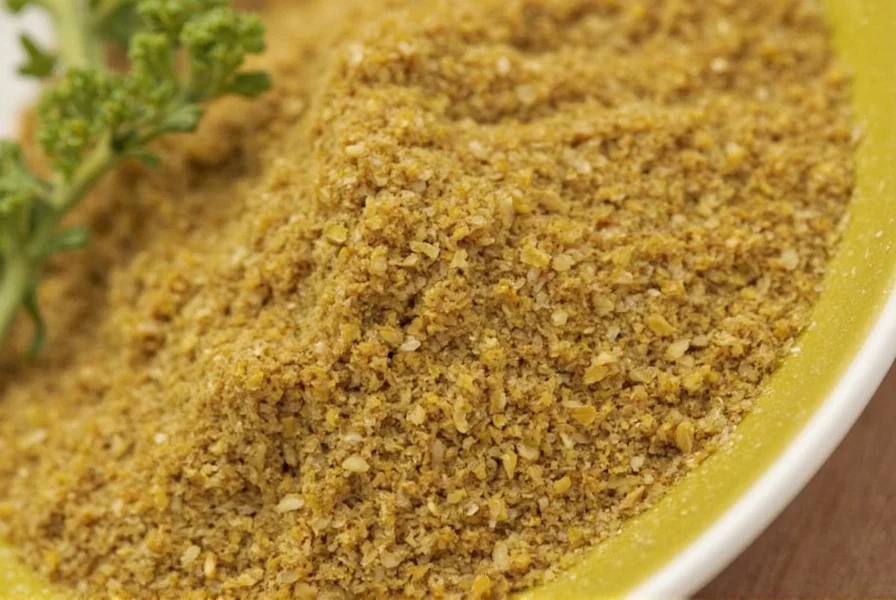
This table shows how coriander is distinct yet complementary to other popular spices. It's a great choice when you want to balance bold flavors without overwhelming the palate.
Buying Guide: How to Choose the Best Coriander Seasoning
With so many options on the market, choosing the right coriander seasoning can be overwhelming. Here's a detailed buying guide to help you make an informed decision:
1. Whole vs. Ground Coriander
Whole coriander seeds are ideal if you enjoy grinding them yourself, as they retain more flavor and aroma. Ground coriander is convenient but tends to lose potency faster. If you're a frequent cook, consider purchasing whole seeds and grinding them as needed.
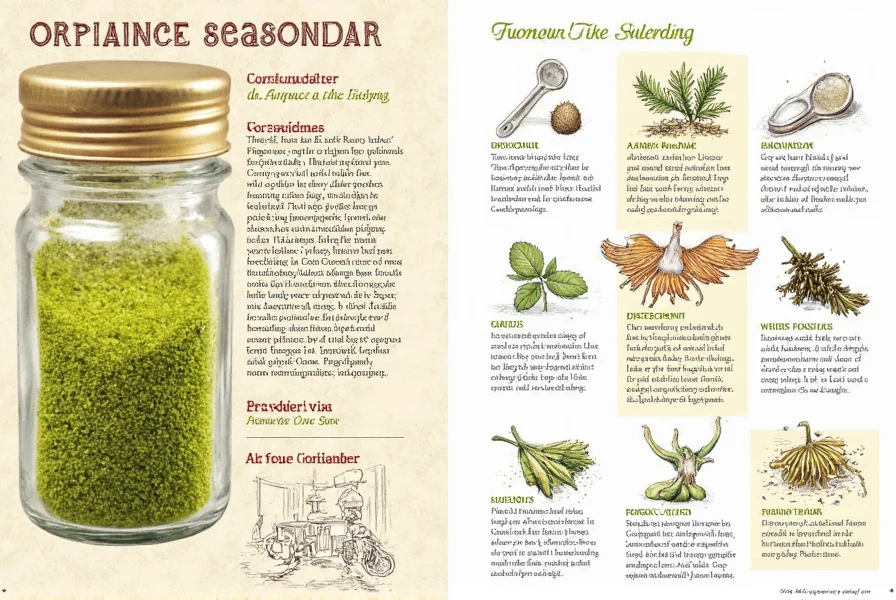
2. Quality and Origin
Coriander from different regions can have varying flavor profiles. For example, Indian coriander tends to be more aromatic, while Mexican coriander is often more pungent. Look for organic or high-quality brands that source their seeds from reputable farms.
3. Packaging and Shelf Life
Choose packaging that protects the spice from light and air, such as glass jars with tight seals. Ground coriander should be used within 6–12 months for optimal flavor. Whole seeds can last up to 2–3 years if stored properly.
4. Use Cases and Target Audience
Coriander seasoning is perfect for:
- Home cooks who love experimenting with global flavors
- Professional chefs seeking to add authenticity to their dishes
- Health-conscious individuals due to its antioxidant properties
- Cooking enthusiasts interested in plant-based and vegetarian recipes
It's also a great option for special occasions, such as holiday meals or themed dinners, where unique flavors can impress guests.
5. Recommended Products
Here are a few highly rated coriander seasonings that are worth considering:
- McCormick Ground Coriander
- Features: Fine texture, consistent flavor
- Advantages: Affordable, widely available
- Use Cases: Everyday cooking, baking, spice blends
- Target Audience: Home cooks, beginners
- Kalustyan's Whole Coriander Seeds
- Features: High-quality, organic
- Advantages: Long shelf life, rich aroma
- Use Cases: Specialty dishes, gourmet cooking
- Target Audience: Enthusiasts, professional chefs
- Penzeys Ground Coriander
- Features: Freshly ground, bold flavor
- Advantages: Superior taste, no additives
- Use Cases: Curries, marinades, spice rubs
- Target Audience: Foodies, culinary professionals
Each of these products has its own strengths, so choose based on your specific needs and preferences.
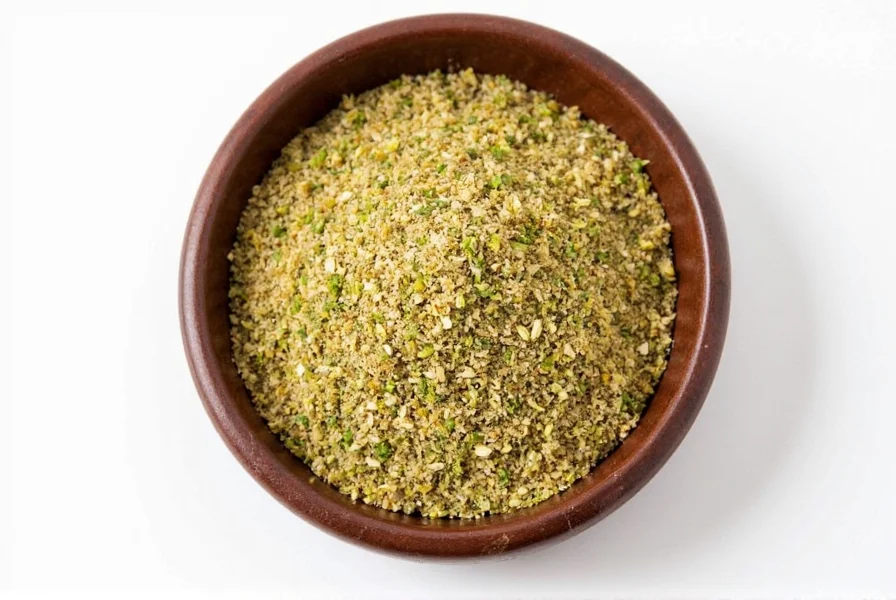
Frequently Asked Questions About Coriander Seasoning
What's the difference between coriander and cilantro?
Coriander and cilantro come from the same plant (Coriandrum sativum) but refer to different parts. Coriander specifically refers to the dried seeds, which are used as a spice with a citrusy, nutty flavor. Cilantro refers to the fresh leaves and stems of the plant, which have a bright, grassy, lemony flavor. They're used differently in cooking and have distinct taste profiles.
How should I store coriander seasoning to maintain freshness?
For maximum freshness, store whole coriander seeds in an airtight container in a cool, dark place. They'll retain their flavor for 2-3 years. Ground coriander should be kept in a sealed glass container away from light and heat, and used within 6-12 months. For extended shelf life, you can store coriander in the freezer, especially if you've ground it yourself.
Can I substitute ground coriander for whole seeds (and vice versa)?
Yes, but with some considerations. As a general rule, 1 teaspoon of whole coriander seeds equals about ¾ teaspoon of ground coriander. When substituting whole for ground, you may want to lightly toast and grind the seeds yourself for the best flavor. Keep in mind that pre-ground coriander loses potency faster, so you might need slightly more when substituting ground for whole.
What are the best dishes to use coriander in?
Coriander is incredibly versatile. It shines in Indian curries, Middle Eastern spice blends like za'atar, Mexican salsas, and North African tagines. It also works wonderfully in soups, stews, roasted vegetables, and even baked goods like breads and cookies. For pairing, it complements citrus flavors, lamb, chicken, fish, lentils, and root vegetables particularly well.
Does coriander have any health benefits?
Yes, coriander offers several potential health benefits. It's rich in antioxidants, may help lower blood sugar, has anti-inflammatory properties, and could aid digestion. Some studies suggest it might help reduce cholesterol levels and has antimicrobial properties. While more research is needed, incorporating coriander into your diet is a flavorful way to potentially boost your health.
Can I grow my own coriander for seasoning?
Absolutely! Coriander is relatively easy to grow in most climates. Plant seeds directly in well-draining soil in spring. The plant will produce cilantro leaves first, then flower and produce coriander seeds. Allow the seeds to dry on the plant, then harvest and dry them completely before storing. Homegrown coriander often has superior flavor compared to store-bought varieties.
Conclusion
Coriander seasoning is more than just a spice—it's a key ingredient that can transform your cooking and bring out the best in your dishes. Whether you're using it in traditional recipes or experimenting with new flavor combinations, understanding its properties and how to use it properly will take your culinary skills to the next level.
From its bright, citrusy notes to its ability to complement a wide range of ingredients, coriander seasoning is a must-have in any spice rack. As we've explored, there's more to this spice than meets the eye. So go ahead—experiment, taste, and let your creativity shine through the power of coriander!
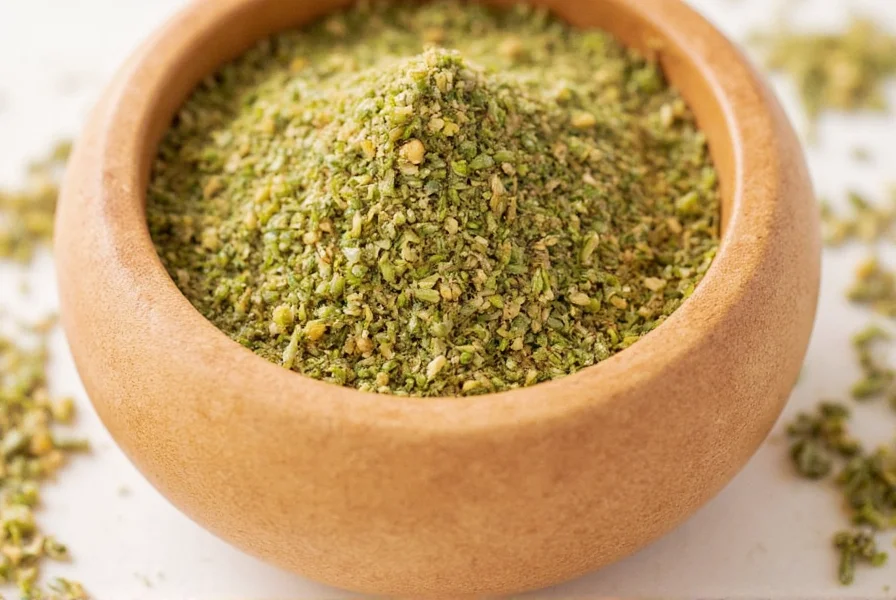











 浙公网安备
33010002000092号
浙公网安备
33010002000092号 浙B2-20120091-4
浙B2-20120091-4